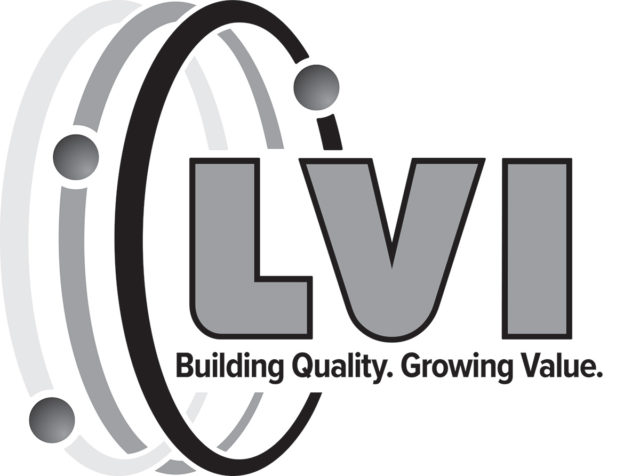As a stable form of renewable energy, the demand for biogas is continually on the rise. Canadian programs like Ontario’s Feed-in-Tariff (FIT) are continually developed to encourage the use and production of renewable energy sources in each province.
The use of renewable raw materials to produce energy sources provides a unique opportunity for farms across Canada; however, can you tell if you are getting all you can from your plant?
What’s in your gas?
In order for a biogas plant to be considered ecological, economical and safe to operate, it is crucial to know the exact composition and levels of the biogas produced.
The analysis of biogas can be carried out with either mobile multi-gas detectors or a stationary measuring device. Detection technology must be capable of discovering various gases with different properties.
This feature of detection devices is particularly important to the safety of the plant and to the production efficiencies within your system. Without such technology, operating a plant can be fatal.
For this reason, a comprehensive operating system is necessary in every plant. The advantage of mobile gas detectors lies in the ability to measure the composition and ranges of the biogas at various points throughout the plant.
This technology is predominantly useful for ensuring consistency throughout the plant. In most cases, it is possible to store the measurements internally on the device before transferring to a computer for analysis.
Stationary devices are user-friendly and low-maintenance but can limit the amount of locations for composition testing.
Anaerobic digestion, the process in which mediums like manure are converted into gas, produces a variety of byproducts, including gases such as methane, carbon dioxide, nitrogen and hydrogen.
These gases can be odourless, which disguises dangerous properties during production. Even in small concentrations, the dangers range from irritation of the eyes, to nausea, to potential fatality through asphyxiation.
Gas detection equipment is designed specifically to protect you, and the environment, from harmful emissions.
Check for leaks regularly
To further enhance the efficiency of the systems, and to reduce emissions of harmful greenhouse gases, it is imperative to check the entire plant regularly for leaks and structural defects. Leaks in a system mean two things: First, not all biogas is being converted successfully.
Second, environmentally harmful emissions have the potential to make the plant hazardous. Running a system below optimal capacity simply means less energy to produce – and therefore less to use or sell. Plants need to be inspected at all areas, including pipes, flanges, transitions and seals.
Portable leak detection devices are beneficial to minimizing emissions of climate-impacting greenhouse gases, as well as ensuring the plant is containing the maximum amount of gas. These portable devices are easy to use and highly effective in optimizing the efficiency of your plant.
Pay attention to self-protection
One thing that is often underestimated in biogas plants is self-protection. Biogas can have dramatic consequences to operators and workers if not handled properly. Safety devices are available, both for personal protection and other security-related functions such as free-measuring shafts.
These devices can be calibrated to detect specific concentrations of gas at only a few parts per million, which are undetectable without specialized equipment.
Gases such as methane, the most common gas produced in biogas plants, can be odourless and thus extremely hazardous to the human body, containing explosive and asphyxiating properties. Having equipment on hand to detect such gases is essential to the safety of the plant, and most importantly, the workers.
Technology supports you
Biogas testing technology is available to help you achieve the highest possible efficiency on your plant while contributing to the reduction of emissions that can be harmful to the environment.
Devices designed for leak detection, quality inspection and self-protection are continuously being developed in order to benefit any size of plant.
Expanding the presence of this technology will continue to increase the demand for renewable energy in Canada and the reward for the people who produce it. Ensure you are getting the most out of your biogas plant. PD
This article was collaboratively written by Ingo Matlachowski, Curtis Schulze and Dr. Dominik Klaus of Hermann Sewerin GmbH and Ben Schoening of Cameron Instruments Inc.








